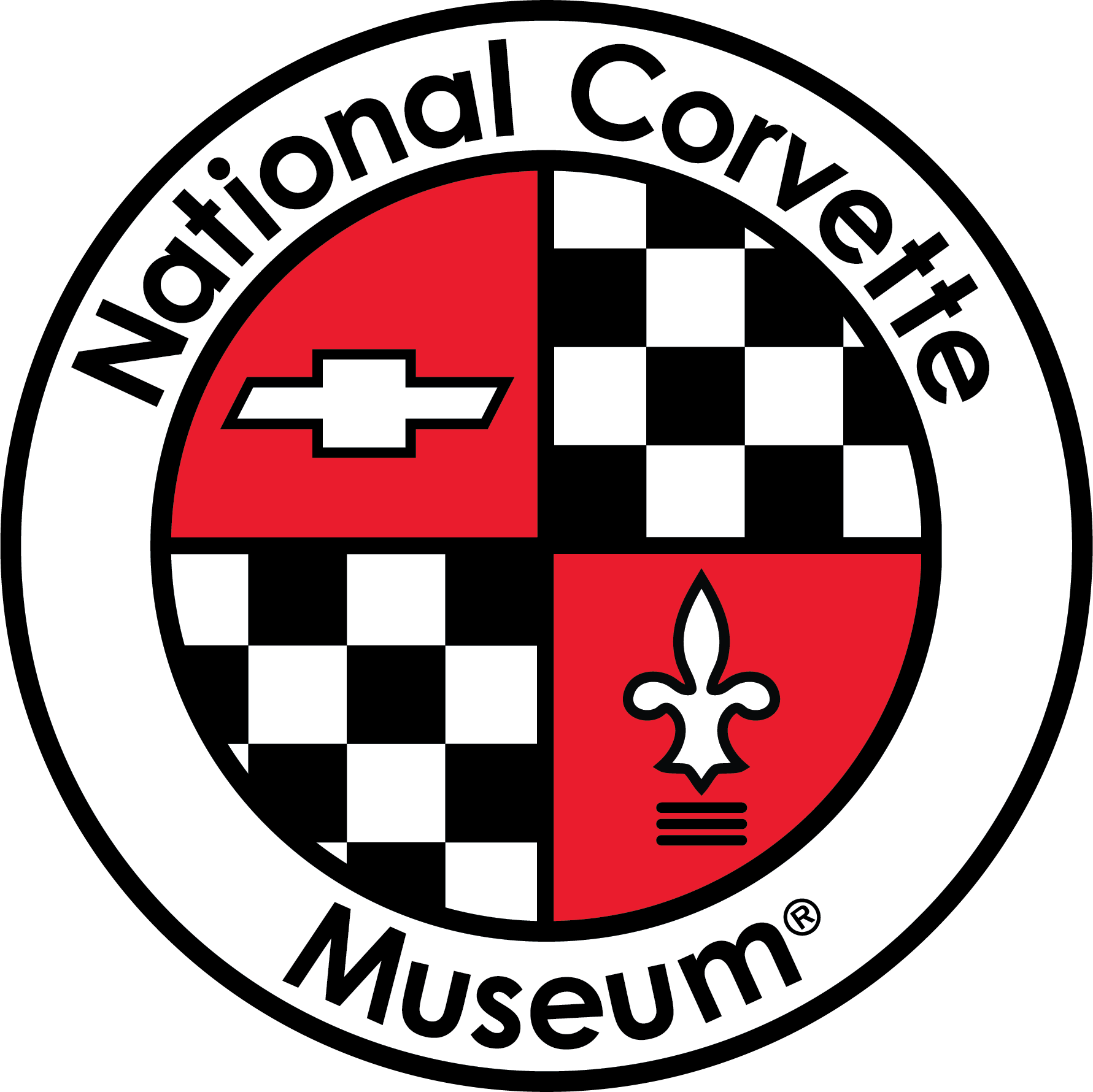When you buy a Corvette, you buy a lot more than a car- you buy an image. When Chevrolet introduces something new- from disc brakes to a hidden headlight system- it usually debuts on Corvette.
’70 Corvette: Superstructure
Put one up on a hoist and the first thing you’ll see is the frame- two steel side rails running the full length of the body. These are braced with five cross-members into a rigid structure. Corvette’s body is then mounted solidly to the frame for increased torsional rigidity.
Corvette’s unusually low center of gravity is due partly to the fact that the frame rails run outside of the seating area. The front/rear weight distribution (47/53% with 350-CID engines) results in benefits in traction, braking and reduced steering effort.
Corvette’s front suspension uses upper and lower A-shaped arms, with anti-dive geometry built into the upper control arm. Variable-rate coil springs up front cushion small bumps, yet maintain firm control on rough roads. A hefty front stabilizer bar reduces roll.
Out back is where you find one of Corvette’s real handling secrets- a fully independent rear suspension with Positraction rear axle. Its key feature is a transverse-mounted variable-rate leaf spring which soaks up loads from the two axle shafts, which are joined to the differential by universal joints. This design allows each rear wheel to react independently to changes in road surface without affecting the other wheel.
The standard steering ratio is 3.4 turns lock to lock, or you can order Corvette’s power steering for even quicker response. A lot of sports cars may look good on top. None look as refined as Corvette’s underneath. And it’s what is underneath that counts when it comes to performance.
Strength in numbers for 1970- 300, 350, 370, 390, 460 hp.
Every Corvette is built tough right from the start. The basic V8, the 300-hp Turbo-Fire 350, features a 10.25:1 compression ratio, a 4-barrel carb, cast aluminum alloy pistons and a precision-formed crank. With this, and all other Corvette engines, you get Corvette’s dual exhausts with new rectangular outlets and Positraction rear axle standard.
Go one step up to the 350-hp Turbo-Fire 350, and you get an 11.0:1 compression ratio, impact-extruded aluminum alloy pistons, finned aluminum rocker covers, a high-performance cam and a forged steel alloy crank.
The 370-hp 350 features the same hardware as the 350-hp version plus an aluminum intake manifold, domed hood, special cam, special exhaust and mechanical lifters.
Next step up, the 390-hp 454-cu.-in, Turbo-Jet V8. This engine uses a cast aluminum alloy intake manifold, chromed air cleaner and rocker covers and an extra-large oil pan. You also get a high-domed hood, heavier duty front springs, a larger diameter front stabilizer bar, heavier duty rear wheel spindle support arms, a rear suspension stabilizer bar, a larger capacity radiator, dual pulleys for the fan and water pump and a higher performance starter motor.
Also available: the 460-hp Turbo-Jet 454 with a large 4-barrel carb, high- performance cam, mechanical lifters, aluminum cylinder heads and a full-transistor ignition system.
Transmissions: standard gearbox is floor-mounted, wide-range 4-Speed, 2.52:1 low gear. Also available, a close ratio version with a 2.20:1 low (close ratio not available with 300-hp engine, wide range not available with 460-hp engine).
With the 300-, 390 and 460-hp engines, you could order Turbo-Hydra-matic. Just sit back and let this 3-range fully automatic transmission shift for itself; or upshift and downshift through the 1-2-3 quadrant yourself with all the benefits of a stick and none of the legwork.
Mission Control Center ’70.
Corvette’s cockpit is as heavy on instrumentation as it is on comfort. First, you sit yourself down in one of the high-backed contoured bucket seats featuring our new integrated head restraints. The shoulder belts (standard on coupe) are guided through a slot in each seat back for neat, secure positioning.
You rest your feet on soft carpeting that not only stretches wall to wall but over the entire rear stowage area with its hidden compartments for valuables, battery and tools. You check out the central command console before your conutdown. Tach, ammeter, water temp, oil pressure, fuel gauge, brake warning light, running light monitors- you name it.
Once under way, you can enjoy Astro Ventilation, which routes outside air in, through your choice of high or low vents. A rear deck vent exhausts stale air, for a constant flow, even with the windows closed. New for ’70 is a custom Interior you can order with black or saddle leather seats, plush cut-pile carpeting and the rich look of wood on door panels and console. The standard all-vinyl interior comes in black, saddle, dark brown dark green, blue and red. The interior of the 1970 Corvette was designed to put you in complete control, no matter what your mission was.
The whole is the sum of its parts.
For performance: Special-purpose engine, suspension and chassis components such as aluminum cylinder heads, a special power brake system and a fully transistorized ignition are available as specific engine/transmission option packages.
For Comfort: Four-Season air conditioning. Tilt-Telescoping steering wheel. AM/ FM push button radio. AM/FM Stereo radio.
For Convenience: Power brakes. Power steering . Power windows. Rear window defroster.
For Appearance: Special wheel covers. Vinyl roof cover. Deck-lid luggage carrier. Clear vinyl floor mats. Removable hardtop for convertible.
For Security: Audio alarm system. Gas cap lock. Child safety seat. Fire extinguisher.
Standard Safety and Security Features: Occupant Protection: Seat belts and shoulder belts (except convertible) with push button buckles and retractors- driver and passenger. Built-in head restraints. Energy-absorbing steering column. Passenger-guard door locks with forward mounted lock control. Safety door latches and hinges. Folding seat back latches. Energy-absorbing padded instrument panel. Thick-laminate windshield. Padded sun visors. Safety armrests. Safety steering wheel.
Accident Prevention: Side marker lights and reflectors. Parking lights that illuminate with headlights. Four-way hazard warning flasher. Backup lights. Lane- change feature in direction signal control. Windshield defroster, washers and dual-speed wipers. Wide-view inside day-night mirror (vinyl-edged, shatter-resistant glass and deflecting support). Outside rearview mirror. Tire tread wear indicators. Dual master cylinder brake system with warning light. Starter safety switch. Dual-action safety hood latches.
Anti-Theft: Anti-theft ignition key warning buzzer. Anti-theft steering column lock.
Magic Mirror Color Choices: Monza Red, Mulsanne Blue, Marboro Maroon, Daytona Yellow, Cortez Silver, Classic White, Donnybrooke Green, Bridgehampton Blue, Laguna Gray, Ontario Orange, and Corvette Bronze.
Mechanical Dimensions
| Feature | Convertible | Coupe |
|---|---|---|
| Wheelbase | 98 inches (2.489 m) | 98 inches (2.489 m) |
| Overall length | 182.5 inches (4.636 m) | 182.5 inches (4.636 m) |
| Overall width | 69.0 inches (1.753 m) | 69.0 inches (1.753 m) |
| Overall height | 47.4 inches (1.204 m) | |
| Front tread | 58.7 inches (1.491 m) | 58.7 inches (1.491 m) |
| Rear tread | 59.4 inches (1.509 m) | 59.4 inches (1.509 m) |
| Tires | F70-15 | F70-15 |
| Frame | Full-length welded-steel ladder type with five cross members. Steel box sections, welded. | |
| Front suspension | Independent, unequal-length A-arms, coil springs; tubular shocks and stabilizer bar | |
| Rear suspension | Independent, trailing arms, toe links, transverse chromium-carbon steel leaf spring, tube shocks, and anti-roll bar | |
| Steering | Saginaw recirculating ball, 17.6:1 ratio, 2.9 turns to lock, 39.0 turning circle | |
| Rear axle type | Sprung differential, Hypoid gear | |
| Brakes | Hydraulic, vented four wheel discs; 11.75-inch diameter, single calipers, optional power assist | |
| Swept area | 11.75″ front and back | |
| Total swept area | 461 sq. in. | |
| Wheels | 8″ wide slotted steel 15″ 5-lug disc | |
| Standard rear axle ratio | 3.36:1 | |
| Optional rear axle ratio | 2.73:1, 3.08:1, 3.36:1, 3.55:1, 4.11:1, 4.56:1 | |
Engine Specifications
| Feature | Base Engine RPO ZQ3 | RPO L46 | RPO LS5 | RPO LT1 | RPO LS7 |
|---|---|---|---|---|---|
| Type | V-8, Overhead valve | ||||
| Block | Cast iron block | ||||
| Displacement | 350 cid | 454 cid | 350 cid | 454 cid | |
| Bore & Stroke | 4.00 x 3.48″ | 4.251 x 4.00″ | 4.00 x 3.48″ | 4.251 x 4.00″ | |
| Compression ratio | 10.25:1 | 11.0:1 | 10.25:1 | 11.0:1 | 11.25:1 |
| Brake horsepower | 300 @ 4800 | 350 @ 5600 | 390 @ 4800 | 370 @ 6000 | 465 @ 5200 |
| Torque | 380 lb-ft @ 3800 | 500 lb-ft @ 3400 | 380 lb-ft @ 4000 | 490 @ 5200 | |
| Main bearing | Five | ||||
| Valve lifters | Hydraulic | Solid valve lifters | |||
| Camshaft | High-performance camshaft | High-performance camshaft | High-performance camshaft | ||
| Fuel supply | Rochester Quadra-Jet four-barrel Model 4MV | Rochester 750CFM four-barrel | Holley four-barrel on aluminum intake manifold | Holley 800CFM four-barrel | |

